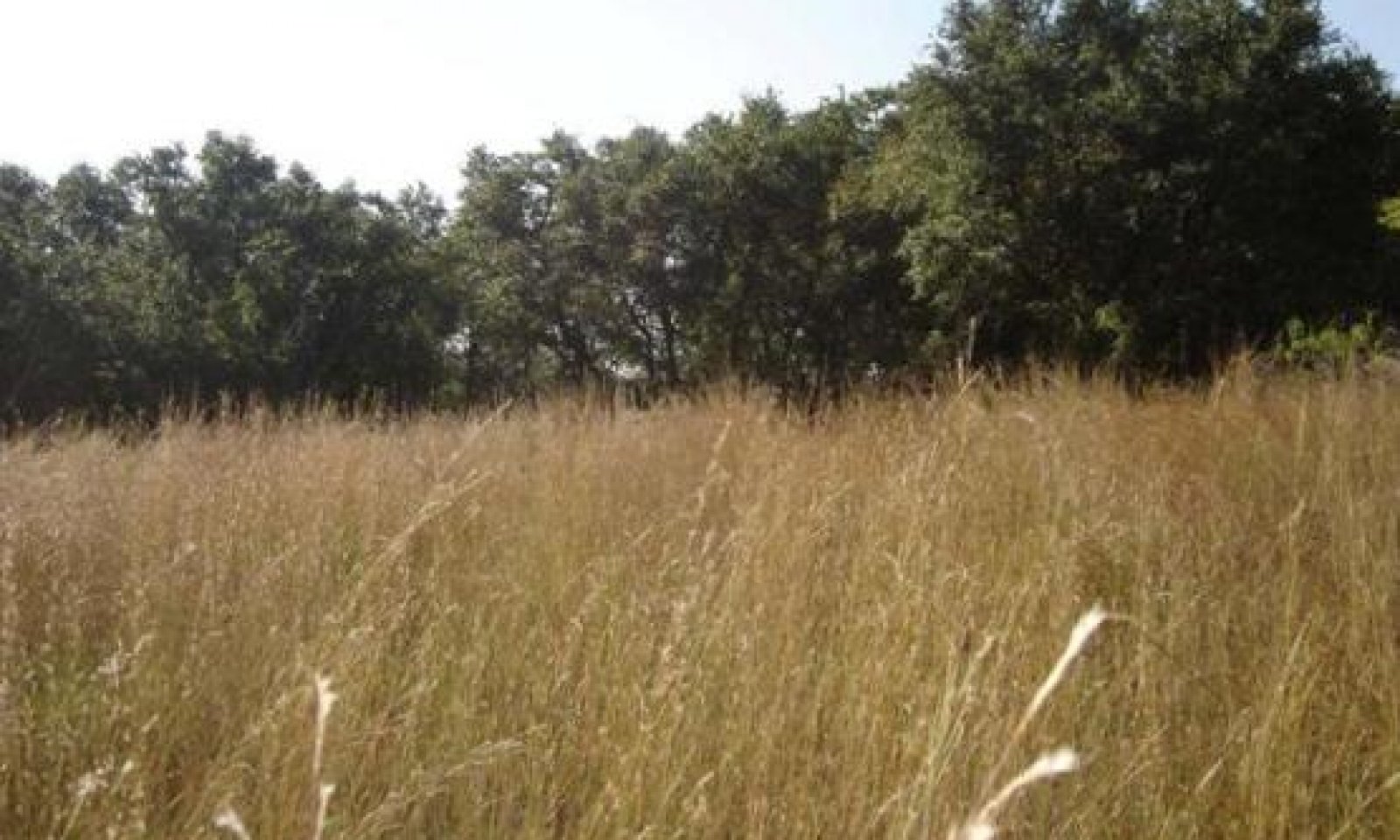
Rocky Hill 26-33" PZ
Scenario model
Current ecosystem state
Select a state
Management practices/drivers
Select a transition or restoration pathway
- Transition T1A More details
- Restoration pathway R2A More details
- Transition T2A More details
- Restoration pathway R3A More details
-
No transition or restoration pathway between the selected states has been described
Target ecosystem state
Select a state
State 1
Tallgrass/Midgrass Savanna State - Reference



Description
The reference plant community for the Rocky Hill ecological site is a mixed tallgrass and midgrass community with a significant population of shrubs and trees. In reference conditions, the site is dominated by little bluestem with big bluestem and Indiangrass as major components of the herbaceous plant community. Forbs, trees and shrubs are an important part of the plant community as well. Annual production for this plant community ranges from 2100 to 3600 pounds per acre.
The Midgrass Savanna Community is noted for the shift from a tallgrass dominant plant community to a midgrass dominant community. As little bluestem, big bluestem, and Indiangrass begin to decline, they are replaced by sideoats grama, dropseeds, cane and silver bluestem, Texas wintergrass, and other midgrasses. Lower successional forbs begin to replace some of the original perennial forbs. Large rocks and boulders are obvious, but bare ground is minimal. Density and canopy of shrubby species such as lotebush, bumelia, sumacs, pricklypear and yucca begins to increase. Juniper and mesquite begin to encroach from adjacent sites. Annual production ranges from 1650 to 2800 pounds per acre.
Submodel
Description
The Shortgrass/Annuals/Forb Community marks the transition from a tallgrass plant community to a plant community that is dominated by shortgrasses, lower successional perennial grasses and forbs, and annual species. Midgrasses are replaced by shortgrasses such as buffalograss, curlymesquite, Texas grama, and hairy tridens. Bare ground becomes more evident and begins to appear in the interspaces between the individual grass plants. Pricklypear, yucca, catclaw acacia, and sumacs increase significantly and the site is invaded by mesquite and juniper. Annual production ranges from 1150 to 1900 pounds per acre.
Submodel
State 3
Shortgrass Shrubland State



Description
The Shortgrass/Shrub Community is noted for tallgrasses, midgrasses, and perennial forbs continue to decline as opportunistic species that are more grazing and drought tolerant, take their place. The tree and shrub canopy continues to increase. Annual production ranges from 750 to 1300 pounds per acre.
The Shrubland Community consists of herbaceous species that are primarily limited to early successional perennial grasses and forbs, annual grasses and forbs, and sedges. The density and canopy of trees and shrubs is the dominant vegetation feature of the site. Sparse herbaceous vegetation is scattered among the rocks on the soil surface. Annual production ranges from 700 to 1100 pounds per acre.
Submodel
Transition T1A


Mechanism
With the continuation of abusive grazing pressure, no fires, and no brush management practices, the Tallgrass/Midgrass Savanna State will transition into the Shortgrass/Annuals/Forb State.
Restoration pathway R2A


Mechanism
The Shortgrass/Annuals/Forb State can be restored to the Tallgrass/Midgrass Savanna State by the use of various conservation practices including Prescribed Grazing, Prescribed Burning, Brush Management and Range Planting.
Relevant conservation practices
| Practice | External resources |
|---|---|
|
Brush Management |
|
|
Prescribed Burning |
|
|
Prescribed Grazing |
|
|
Range Planting |
Mechanism
With continued abusive grazing, no fires, and no brush management, the Shortgrass/Annuals/Forb State will transition into the Shortgrass Shrubland State.
Mechanism
The Shortgrass Shrubland State can be restored to the Shortgrass/Annuals/Forb State by the use of conservation practices such as Prescribed Grazing, Prescribed Burning, Brush Management, and Range Planting.
Relevant conservation practices
| Practice | External resources |
|---|---|
|
Brush Management |
|
|
Prescribed Burning |
|
|
Prescribed Grazing |
|
|
Range Planting |
Model keys
Briefcase
Add ecological sites and Major Land Resource Areas to your briefcase by clicking on the briefcase (![]() ) icon wherever it occurs. Drag and drop items to reorder. Cookies are used to store briefcase items between browsing sessions. Because of this, the number of items that can be added to your briefcase is limited, and briefcase items added on one device and browser cannot be accessed from another device or browser. Users who do not wish to place cookies on their devices should not use the briefcase tool. Briefcase cookies serve no other purpose than described here and are deleted whenever browsing history is cleared.
) icon wherever it occurs. Drag and drop items to reorder. Cookies are used to store briefcase items between browsing sessions. Because of this, the number of items that can be added to your briefcase is limited, and briefcase items added on one device and browser cannot be accessed from another device or browser. Users who do not wish to place cookies on their devices should not use the briefcase tool. Briefcase cookies serve no other purpose than described here and are deleted whenever browsing history is cleared.
Ecological sites
Major Land Resource Areas
The Ecosystem Dynamics Interpretive Tool is an information system framework developed by the USDA-ARS Jornada Experimental Range, USDA Natural Resources Conservation Service, and New Mexico State University.

